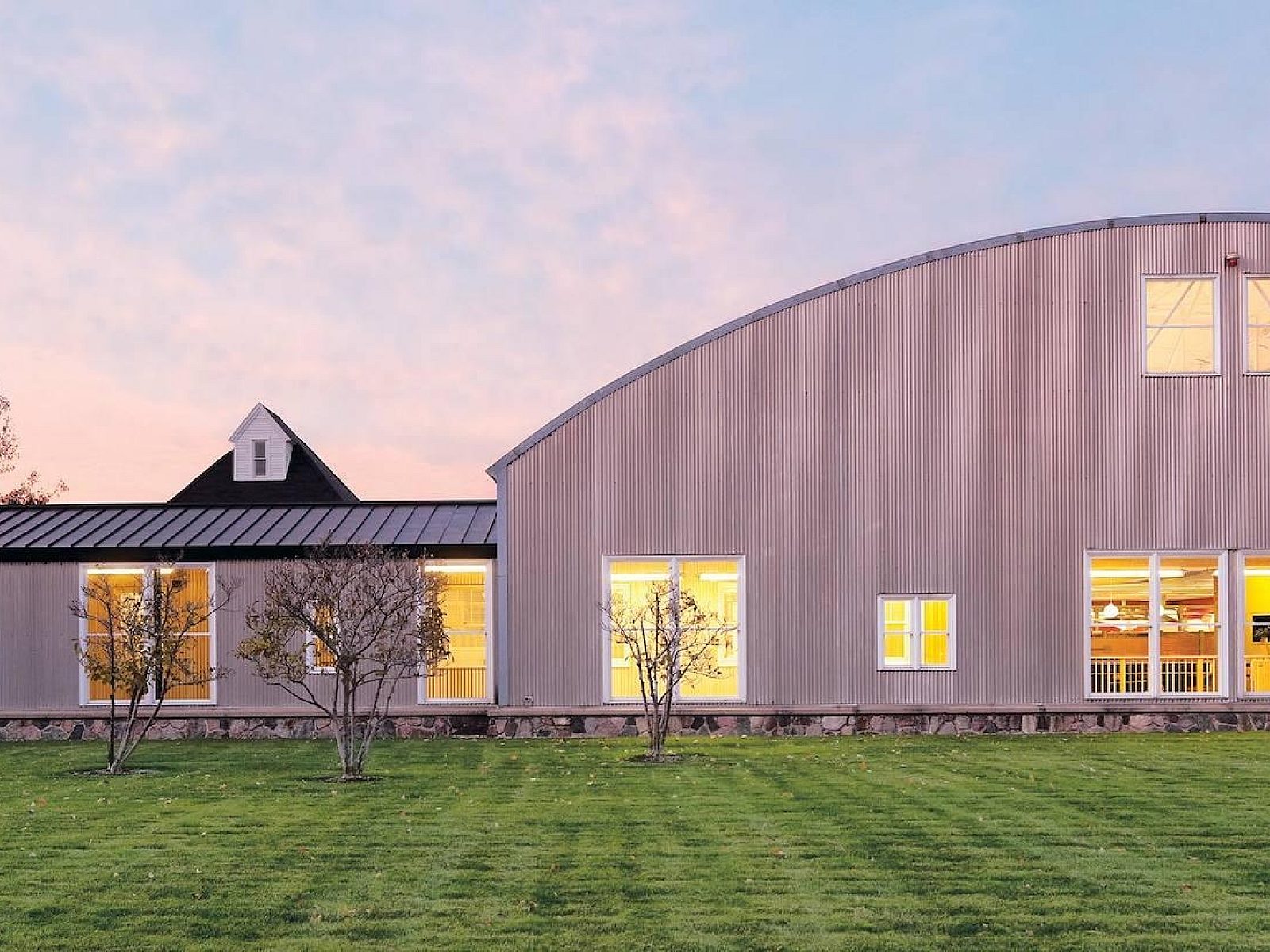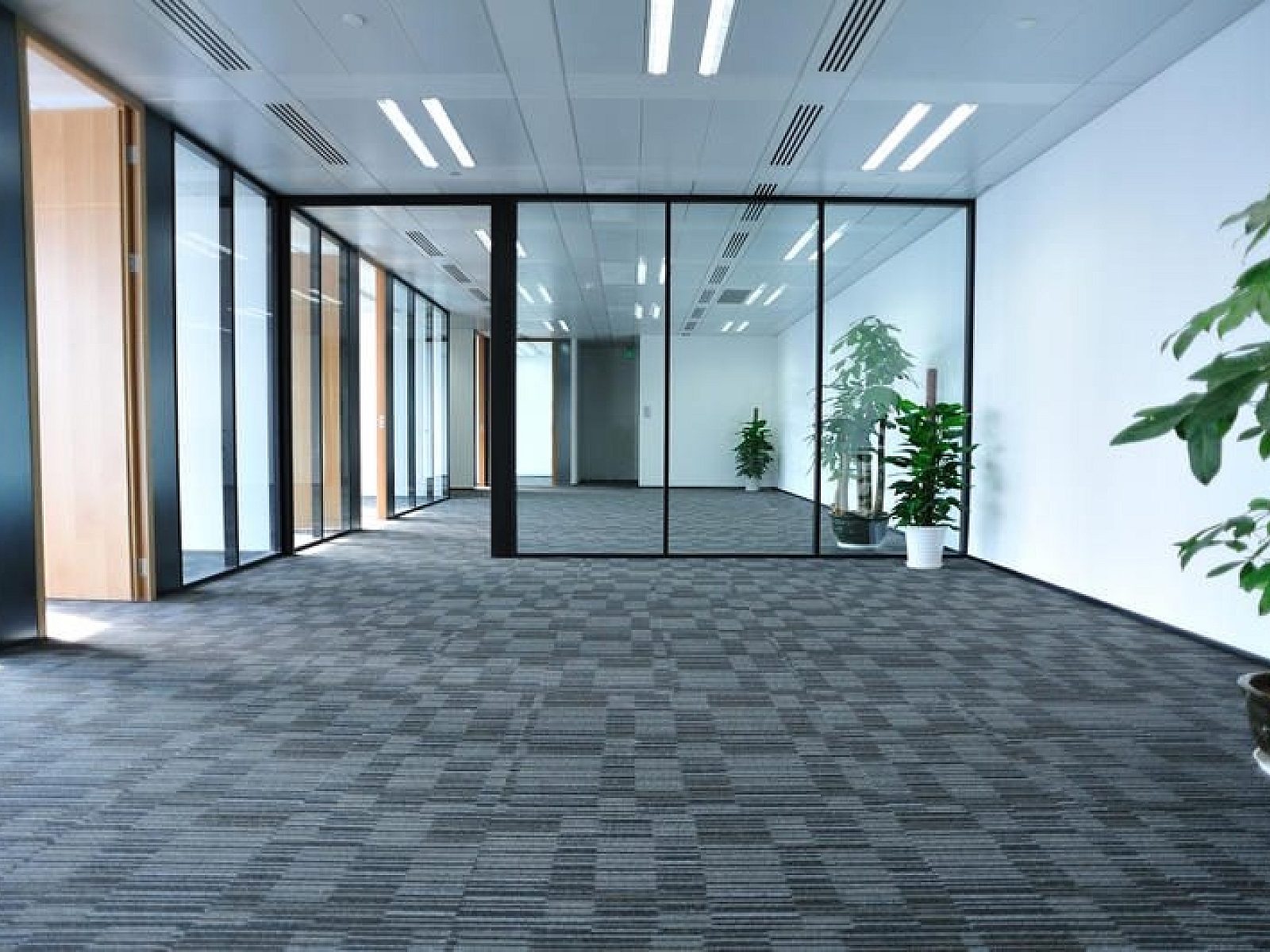5 Types of Office Layouts: Finding the Best Fit for Your Company
Whether your company is a brand-new startup opening your first office or an established business looking to upgrade your current space, the way you layout your office is important for your success.

Office layouts can have a big impact on the quality of work being done and how employees feel about their jobs. There are dozens of different ways to layout an office, so which one is right for your company? Here is an overview of 5 of the most popular types of office layouts that you may choose to use for your office.
Cubicle Layout
Probably one of the most recognizable types of office layouts is the cubicle layout. This design choice is often seen in larger offices and corporate settings. Cubicle layouts use divider walls to section off each employee’s desk to give privacy and reduce distractions. Upper-level employees and owners may have their own private office with this type of layout. This is great for companies that deal with private files and sensitive information that not all employees are allowed to see. Companies that require lots of communication between team members and group work will most likely not benefit from cubicles.

Open-Plan Layout
Opposite the cubicle layout is the open-plan layout. With this layout most or all the partitions and dividers are removed. Desks, tables, and other seating options are arranged close together to allow communication and creative thinking between team members. Employees are often encouraged to move around the office to the different seating areas. This layout option is great for creative firms, startups, and other businesses that want to encourage discussion and creativity among team members. Companies that require more concentration from their employees may not benefit from having an office space that does not work to minimize distractions.

Low Partition Layout
For companies looking for a plan that allows for communication and privacy, the low partition layout may be what you are looking for. Low partition layouts are similar to cubicle layouts in how they are organized, but the partitions between workstations are lower. This allows employees to interact with each other while still feeling like they have their own space and privacy while they work. Low partition layouts are best for companies that need to encourage creativity and communication and are not worried about noise levels (low partitions will not block the noise as cubicles do).

Team-Based Layout
Team-based layouts are becoming more popular among many modern companies. As the name suggests, team-based layouts center around the teams within the company. All the employees within a team are seated together. This is great for communication between team members on projects and general work. Companies that utilize group work most of the time will see the most benefit from this layout. For companies that rely on individual work or rarely do group work, this layout is more likely to cause distractions rather than aid employees.

Hybrid Office Layout
If you feel like your company would benefit from a variety of the styles mentioned above, then this is when hybrid office layouts come in. Hybrid layouts take pieces from some or all of the other types of office layouts and combines them to create a custom office to fit the specific need of the company or department. An example of this would be an office that needs a cubicle layout for its accounting department and an open plan for its creative team. Both layouts can exist in the same office even though they are very different.

Choosing an office layout will heavily depend on the type of business, the work being done, and the size of the space. While a company that relies on creativity and communication may choose an open or low partition layout, a company that needs privacy and quiet may choose a cubicle layout. No matter the size of your company or what your specific needs are, Office Interiors is here to help with everything from design to installation. Contact us today to get started on your next office project.














